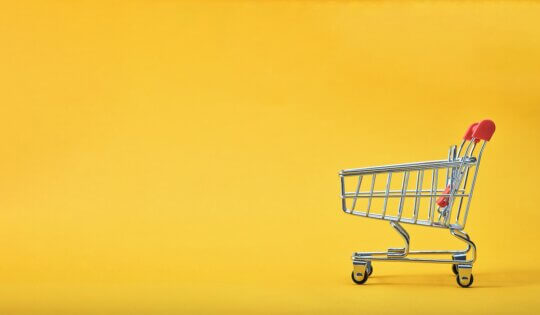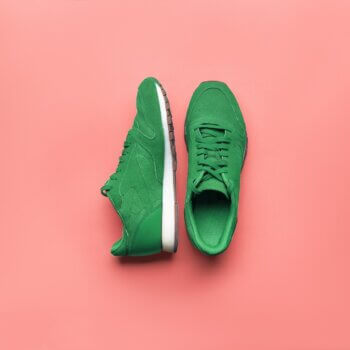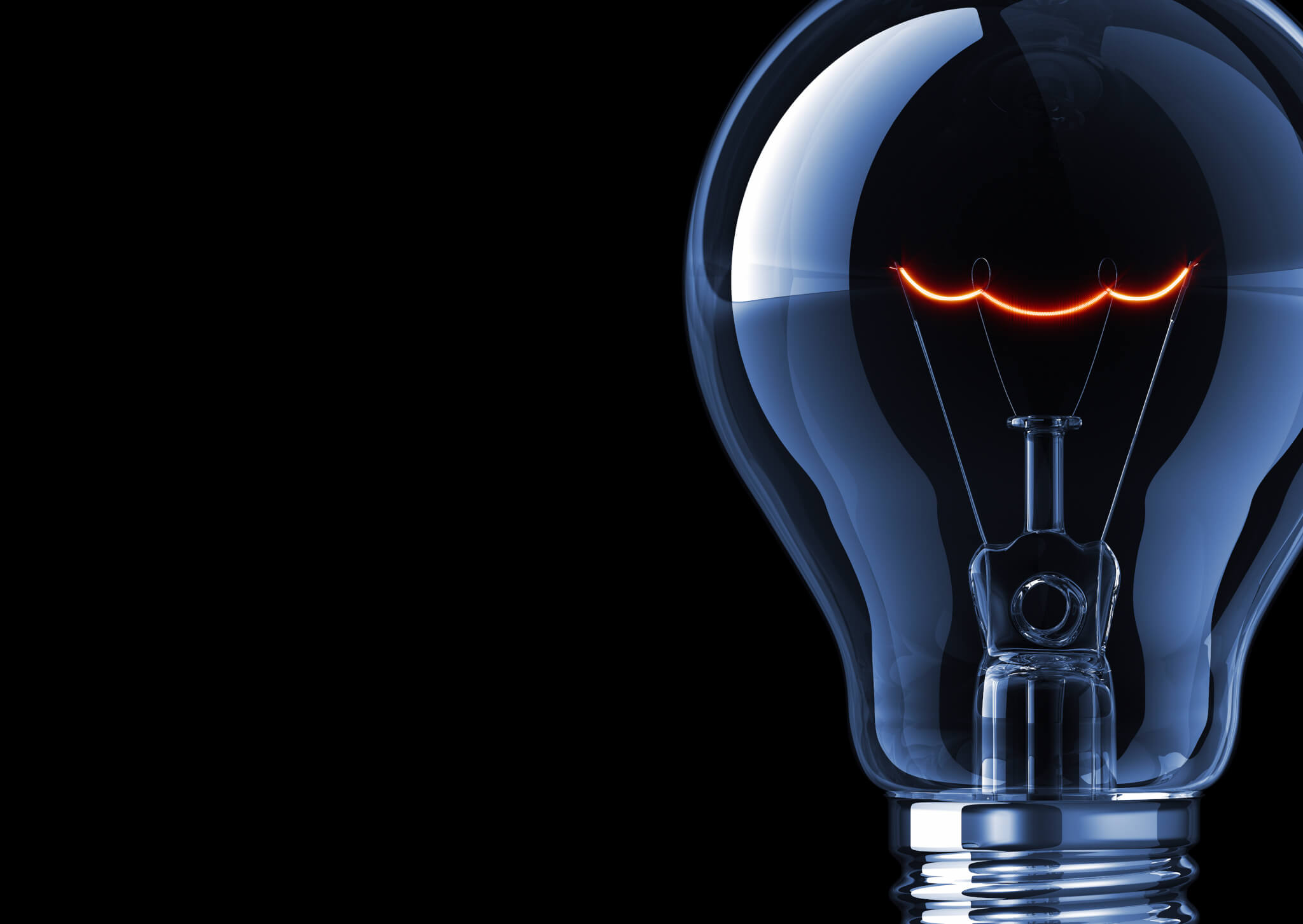
IKEA demonstrates a novel approach to dealing with lookalike products
21 July 2017, London
Balenciaga has recently launched what is widely being billed as their interpretation of the iconic Ikea ‘Frakta’ bag but, says Daisy Dier James of Bird & Bird, luxury brands should seek advice before going down this path.
While readers may not instantly recognise the name of this bag, the blue and yellow do-it-all carry bag is instantly recognisable. It is sold for 40p in Ikea’s UK stores and $0.99 in the US, a price point which is vastly different to that of the Balenciaga ‘Arena’ bag which currently retails for £1,365.
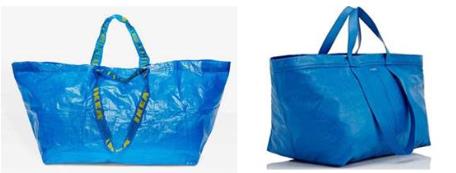
On the surface Ikea appear to be making the best of the situation – they have been quoted as saying “We are deeply flattered that the Balenciaga tote bag resembles the Ikea iconic sustainable blue bag for 99 cents (US$). Nothing beats the versatility of a great big blue bag!”. They have even run an ad campaign on social media with the heading “How to identify an original IKEA FRAKTA bag”, which provides tongue-in-cheek advice to consumers to help them recognise the Ikea bag. Such advice includes shaking it to see if it rustles and that it can be ‘simply rinsed off with a garden hose’ if it gets dirty.
This approach has been very successful, with the story being picked up by many established news outlets around the world. Through their social media campaign and comments they have reinforced the message that their bag is the ‘original’, having come first, and effectively promoted their brand.
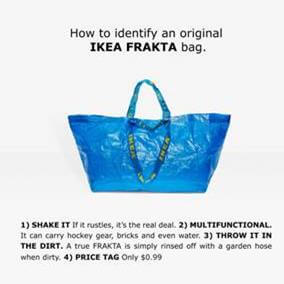
Ikea’s approach may seem surprisingly positive, but legally speaking, there might not be much else it can do. Whilst the bags clearly are similar, Ikea may not have the necessary IP rights to stop Balenciaga even if it wanted to. Unless it had obtained registrations for the design (or possibly a registered trade mark for its shape), Ikea could only look to whether it had any unregistered rights still subsisting which might help, such as unregistered design right in the UK or copyright. Other alternatives could be passing off (in the UK) or unfair competition (elsewhere in Europe) but there would be very significant evidential hurdles for it to overcome to succeed, including the general need to show some kind of confusion amongst customers. Ikea could very well face an uphill battle.
Balenciaga are not the first luxury brand to draw inspiration from everyday products. For example, Anya Hindmarch’s recent collection of handbags and accessories inspired by cereal brands, Celine’s laundry-bag inspired clutches or Vetements t-shirts emblazoned with the DHL logo – all goods which sold for considerably more than the bags or products or services by which they were inspired.
While Ikea may have taken the commercially sensible approach to their current situation, one imagines that other brands would be less likely to see the funny side. If you are a high-end brand wanting to draw inspiration from an everyday product, taking care to conduct the necessary clearance and getting legal advice where there is any doubt is essential.
This article was originally published on www.luxurylawalliance.com.


